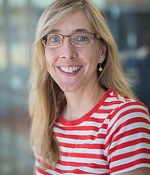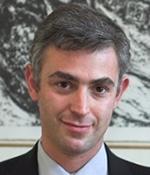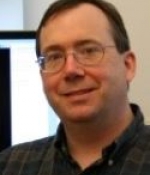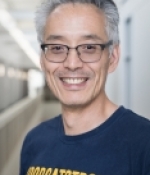 |
Patricia LiWangProfessor, Molecular & Cell Biology
|
pliwang@ucmerced.edu(209) 228-4568Full Profile |
 |
Aleksandr NoyAdjunct Professor, Chemistry & Biochemistry
|
anoy@ucmerced.edu(925) 424-6203Full Profile |
 |
Michael E. ColvinProfessor, Chemistry & Biochemistry and Interim Director, Dept of Medical Education The past century has seen tremendous progress in determining the biochemical and biophysical processes that constitute life. One exciting consequence of this understanding is the possibility of developing mathematical models of biological function that are accurate and even predictive.
More recently, his research interests have expanded to include simulations of biophysical and cellular processes using equations that describe the system as continuous (and sometime stochastic) dynamical systems. These projects include:
These projects offer a wide range of research projects for students interested in the application of mathematics and computers to understand the living world. |
mcolvin@ucmerced.eduFull Profile |
 |
Andy LiWangProfessor, Chemistry & Biochemistry The rising and setting of the sun causes dramatic oscillations in light and temperature each day. Most life forms involuntarily coordinate their lifestyles to these cyclic variations by means of an endogenous clock called the circadian clock. These circadian clocks have been identified in diverse organisms from cyanobacteria to humans, and studies suggest that the circadian clock has adaptive value. Professor LiWang's laboratory is resolving the structural and biochemical basis of rhythmicity of the cyanobacterial circadian clock. The central oscillator of this clock is composed of only three proteins, which by themselves in a test tube with ATP generate a self-sustained circadian rhythm for several days. Their objective is to develop a comprehensive understanding of how a simple mixture of three proteins keeps time. |
aliwang@ucmerced.edu(209) 777-6341Full Profile |